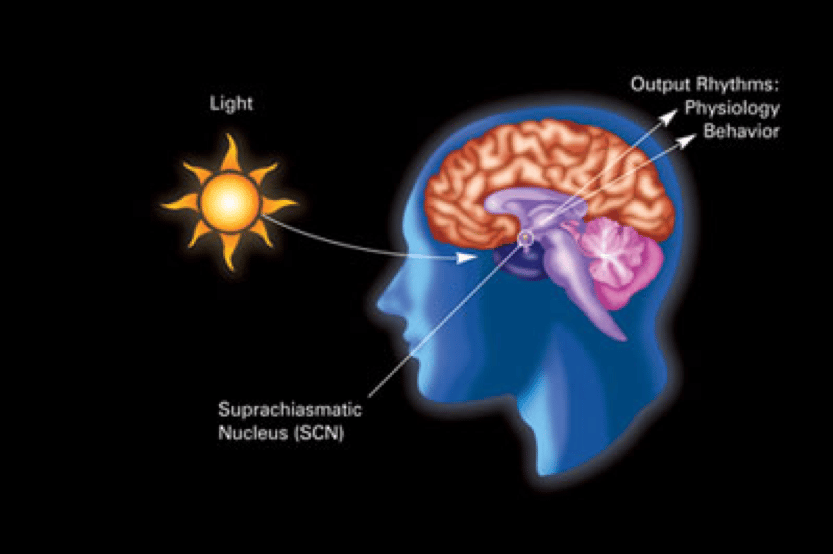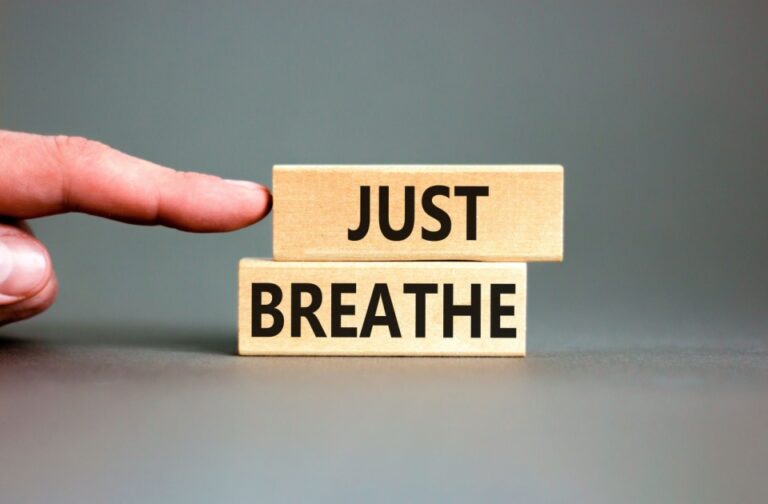
A few weeks ago, a friend expressed how tired she had been feeling. She had noticed the darkness outside, yawned, and thought it must be time for bed. In reality, it was only 5:30 in the evening. “I still got ready for bed,” she recalled, because she felt exhausted.
Seasonal affective disorder (SAD) is a type of depression related to changing seasons. Symptoms may include depression, low energy, insomnia, changes in appetite, feelings of hopelessness, difficulty concentrating, and in some cases, frequent thoughts of death or suicide, says the Mayo Clinic. If you are experiencing symptoms of SAD, please contact your medical provider for support.
While we haven’t all been clinically diagnosed with SAD, some of us might feel milder symptoms, often referred to as the winter-blues. The National Institute of General Medical Sciences (NIGMS) blames these seasonal “mood-swings” on our circadian rhythms: physical, mental and behavioral changes that follow a daily cycle. Our biological clocks produce these rhythms and help regulate them, says the NIGMS. But the rhythms are also influenced by the environment. For example, sleeping at night and being awake during the day is an example of a light-related circadian rhythm. The darkening sky sends the signal to our body that it’s time for bed. Reader’s Digest recently suggested that beyond feeling tired, the decrease in sunlight may make us less motivated to exercise, more likely to waste time on the internet, and more mentally foggy. An Environmental Illness Resource survey found a correlation between decreased sunlight exposure and increased cognitive impairment.
If winter has left you feeling less enthusiastic than normal, don’t despair. Simple daily choices may be your solution to a brighter day(pun-intended). MedlinePlus reports that roughly 10-15 minutes of direct exposure three times a week is sufficient to meet vitamin D requirements. That can be as simple as bundling up and taking a brisk 10 minute walk in the sunlight. The brisk movement coupled with warm clothing is usually sufficient to endure 10 minutes of cold. As a bonus, it might improve your mood, too! Exercise releases feel-good endorphins and can take our mind off stress and other distractions, says the Mayo Clinic. Exercise doesn’t always mean going to a gym, and it doesn’t need to take hours. Simple stretches, walking, and mindful breathing can be done nearly anywhere. When all else fails, I open the curtains and blinds to let sunlight remind my brain that it’s daytime. I take care not to forget to apply sun protecting lotion, though, even in winter. Although vitamin D can’t be absorbed through glass, there is still a risk of UV exposure and sunburn, according to Consumer Reports.
Winter’s shorter days need not dampen my spirits, nor yours. A healthy balanced lifestyle might just be the result of making healthy choices that fit with our daily routines and lifestyles.
DISCLAIMER: This article contains information that is intended to help the readers be better informed regarding exercise and health care. It is presented as general advice on health care. Always consult your doctor for your individual needs. Before beginning any new exercise program it is recommended that you seek medical advice from your personal physician. This article is not intended to be a substitute for the medical advice of a licensed physician. The reader should consult with their doctor in any matters relating to his/her health.




